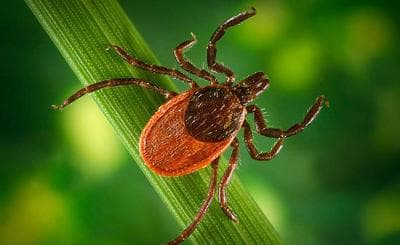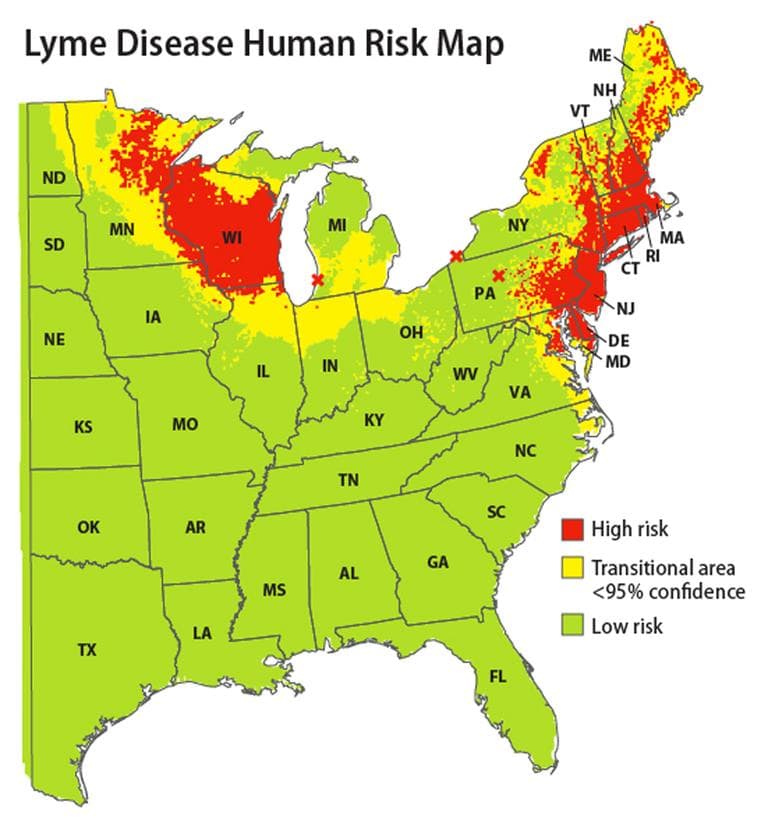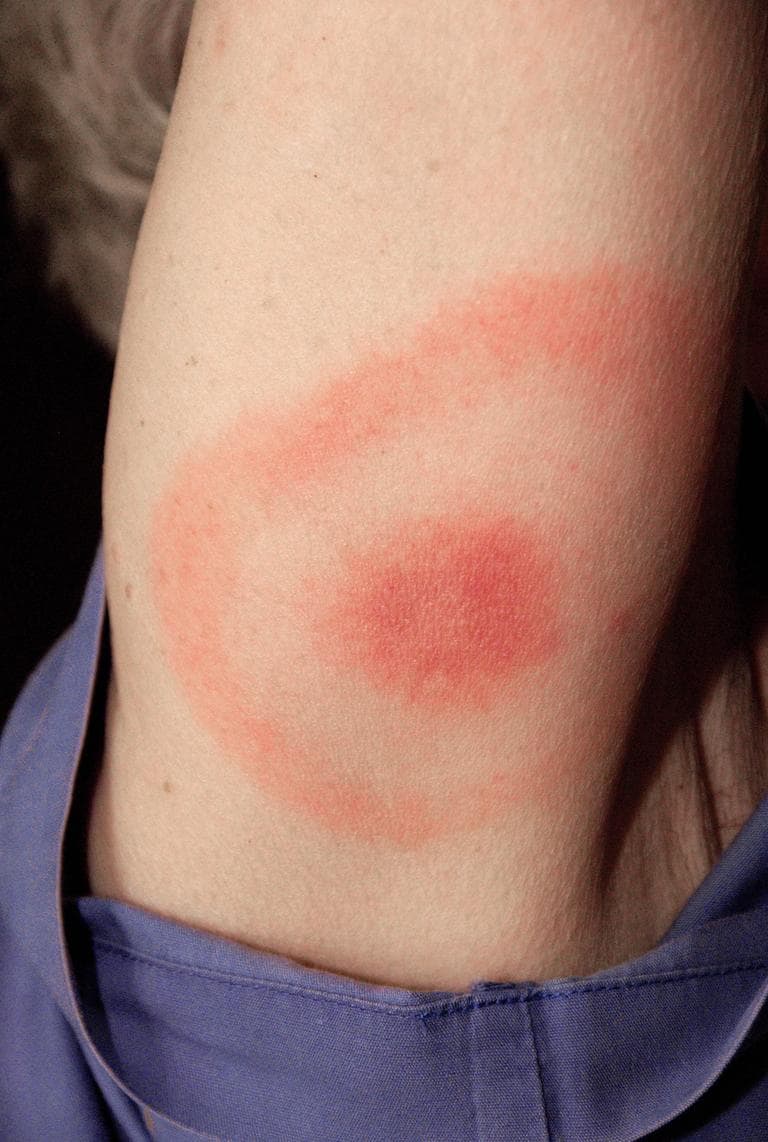Advertisement
How Much Lyme Disease Are We Living With?
Resume
"If you ask anyone in the state of Massachusetts," said state Rep. David Linsky, "they know someone who has had Lyme disease, either in their family or someone that they’re close with. It’s a huge problem in Massachusetts.”
But exactly how big is huge? How much Lyme disease is there in Massachusetts? And where?
Here’s the official number: Dr. Catherine Brown of the Massachusetts Department of Public Health said there are 2,000 to 4,000 confirmed cases of Lyme disease in the state each year.
"We consider Lyme disease to be endemic across Massachusetts," Brown said. "It’s found everywhere. Among the infectious diseases that are tracked in Massachusetts, only the hepatitis viruses and the sexually transmitted diseases have more cases than Lyme disease.”
But Brown said the official number of cases doesn't fully capture reality.
"Among the infectious diseases that are tracked in Massachusetts, only the hepatitis viruses and sexually transmitted diseases have more cases than Lyme disease.”
Dr. Catherine Brown, Mass. Dept. of Health
“We receive every year between 12,000 and 14,000 lab reports on Massachusetts residents where they’ve tested positive for Lyme disease," she said. "That gives a better idea of the actual numbers of the burden of Lyme disease than when I tell you we’re able to confirm 2,000 to 4,000 of those cases.”
Brown said an officially confirmed case is one with both a positive lab test and symptoms, like the telltale "bull's-eye" rash, documented by a doctor. But many patients who are diagnosed with Lyme disease never get a lab test. And nobody knows exactly how many of those patients there are.
Take Martha's Vineyard, for example: In 2010, there were only 25 officially confirmed cases. But a survey of island pharmacies by a team of University of Massachusetts students indicated that over 1,000 prescriptions for antibiotics were filled to treat Lyme disease that year.
Professor Sam Telford of Tufts University's Cummings School of Veterinary Medicine, a leading researcher on tick-borne diseases, said that in coastal Massachusetts, in general, about one in 100 people will get Lyme disease each year.

In the rest of the state, he said, “That is changing. In the MetroWest 495-128 corridor, five or 10 years ago I would have said it’s only endemic with a few hot spots. Now it is approaching prevalence such as what we see on Cape Cod or the Islands."
Telford said that in some hot spots, three to five out of every 100 people have caught Lyme disease in a year.
"But this is not uniformly spread across Massachusetts," he said. "It’s in very selected sites, and those sites may change from year to year, depending on the local conditions.”
A year ago, the state Legislature created a special commission to study the incidence and impact of Lyme disease. One of its first orders of business is to get a better sense of how common the disease is in the commonwealth, and it's taking a hard look at how new cases are being reported.
Before 2011, each town's Board of Health was responsible for reporting cases of Lyme disease to the state. Then, the Department of Public Health shifted that responsibility to doctors.
"That's probably where most of the under-reporting occurs," Brown said. She said that when doctors diagnose Lyme disease without a lab test, they may not remember to report those cases to the state.
"And we're certainly doing some outreach with some of our physicians to help understand ways that we can make that easier for them," she said.
"The biggest problem, I’ve found for years, is that the doctors are so busy during the summer, they don’t have the time to look around, make a phone call, fax in a form," Telford said.

Telford is a member of the new Lyme Disease Commission. He said the commission is developing a menu of ways to improve reporting. One they plan to test soon is a pad of Lyme disease reporting teleforms that can sit on a doctor's desk, like a prescription pad, all ready to be filled out and faxed to the state.
Bill Hanage, an associate professor of epidemiology at Harvard's School of Public Health, said it's critical for the state to know both the prevalence of Lyme disease — how many people have had it — and also the incidence: how many new infections there are, to project the future trend.
"To really frame a response, to get an idea of what the threat is, to be able to apportion scarce funds, and also to be able to communicate risk to the public, it’s important to know just what the burden of the disease is," Hanage said. And one more reason: "It’s very important in terms of feedback for interventions."
Right now, you might be wondering whether you’re about to step into a Lyme disease hot spot when you go outdoors, and whether you need to take measures like using insect repellent and checking for ticks. Telford has this suggestion: “You assume that you have ticks in your yard, and you act accordingly to prevent.”
Readers, you're invited to attend a panel discussion on June 28 on preventing and coping with Lyme disease, moderated by CommonHealth co-host Carey Goldberg. On Friday, our series, "Living with Lyme," continues with a report on how doctors diagnose Lyme disease, and a discussion of the controversy over its long-term effects.
This program aired on June 28, 2012.
